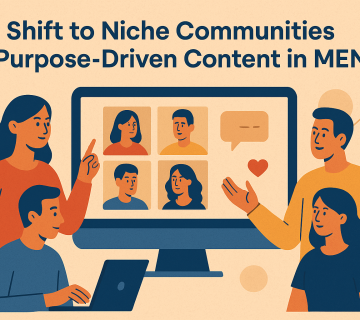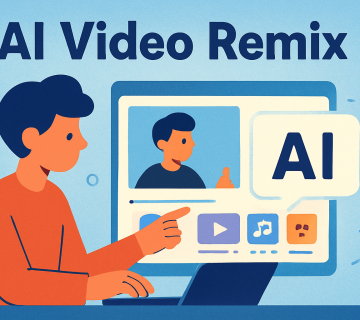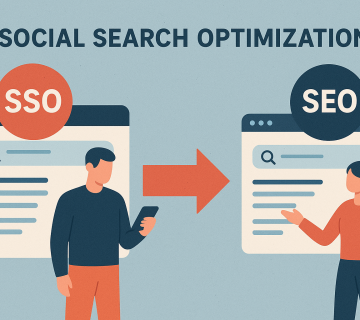Social media platforms are increasingly recognizing the importance of privacy and data protection tools for users. Many new features and settings are rolling out that give people more control over what they share and who can see it. Here are some key privacy tools now available:
Anonymous Browsing –
Both Instagram and Facebook now offer “Private Account” or “Hidden Profile” settings which allow you to browse and view content without showing up in other users’ follower lists. Your activity remains private.
Incognito Modes –
Snapchat’s Ghost Mode lets you use the app temporarily without notifying friends. Instagram’s Restricted mode lets you limit what appears in Search and Explore. These opt-out from certain social features.
Availability Settings –
LinkedIn and Facebook enable users to hide their online status or make profiles “invisible” to prevent unwanted contact requests and messages. Presence becomes optional.
Download Your Data –
All major platforms offer tools to request and download a full archive of your own profile data. This helps you keep a copy and better understand what information the platform collects.
Right to be Forgotten –
Some platforms allow you to request permanent removal of your profile, posts and data from their servers. While restricting future use, this enables a digital “restart” for some people.
In general, the growing attention on data privacy has compelled social companies to provide users with more control over their digital footprints. While anonymously browsing content remains difficult, tools that filter social sharing, manage online presence and allow data removal all empower users.
These privacy tools are important but still limited. They only give users some degree of control, not total privacy. Platforms still collect a lot of data behind the scenes. Even with incognito modes and anonymous browsing, platforms still track users based on IP addresses and device IDs. They just hide your social profile from view.




